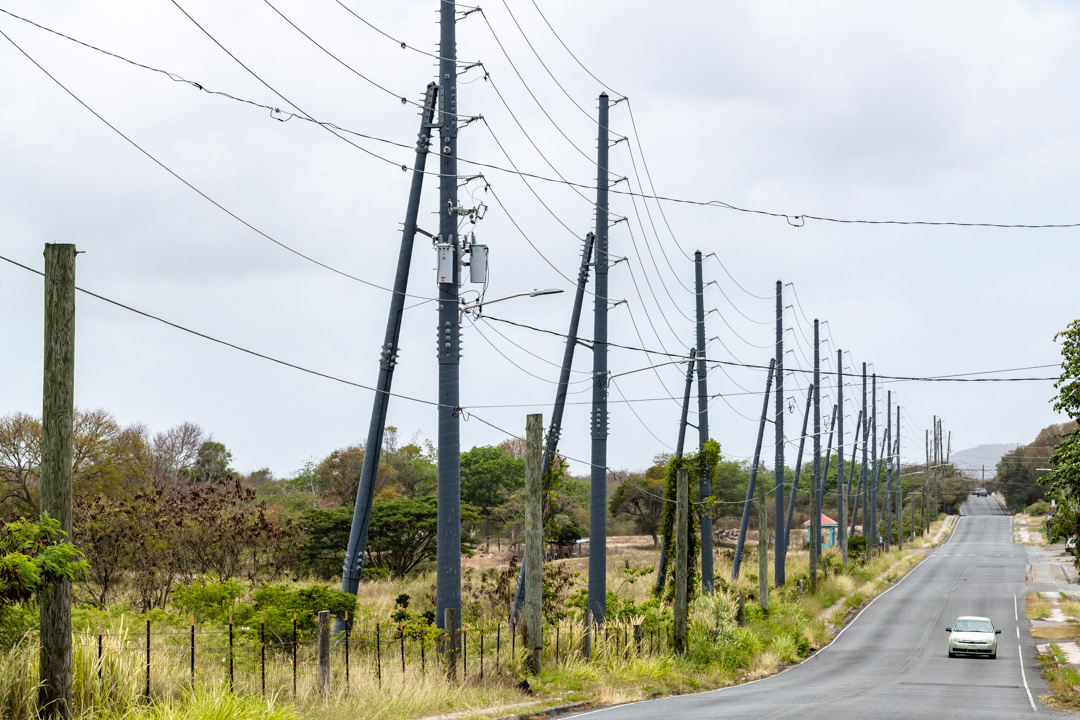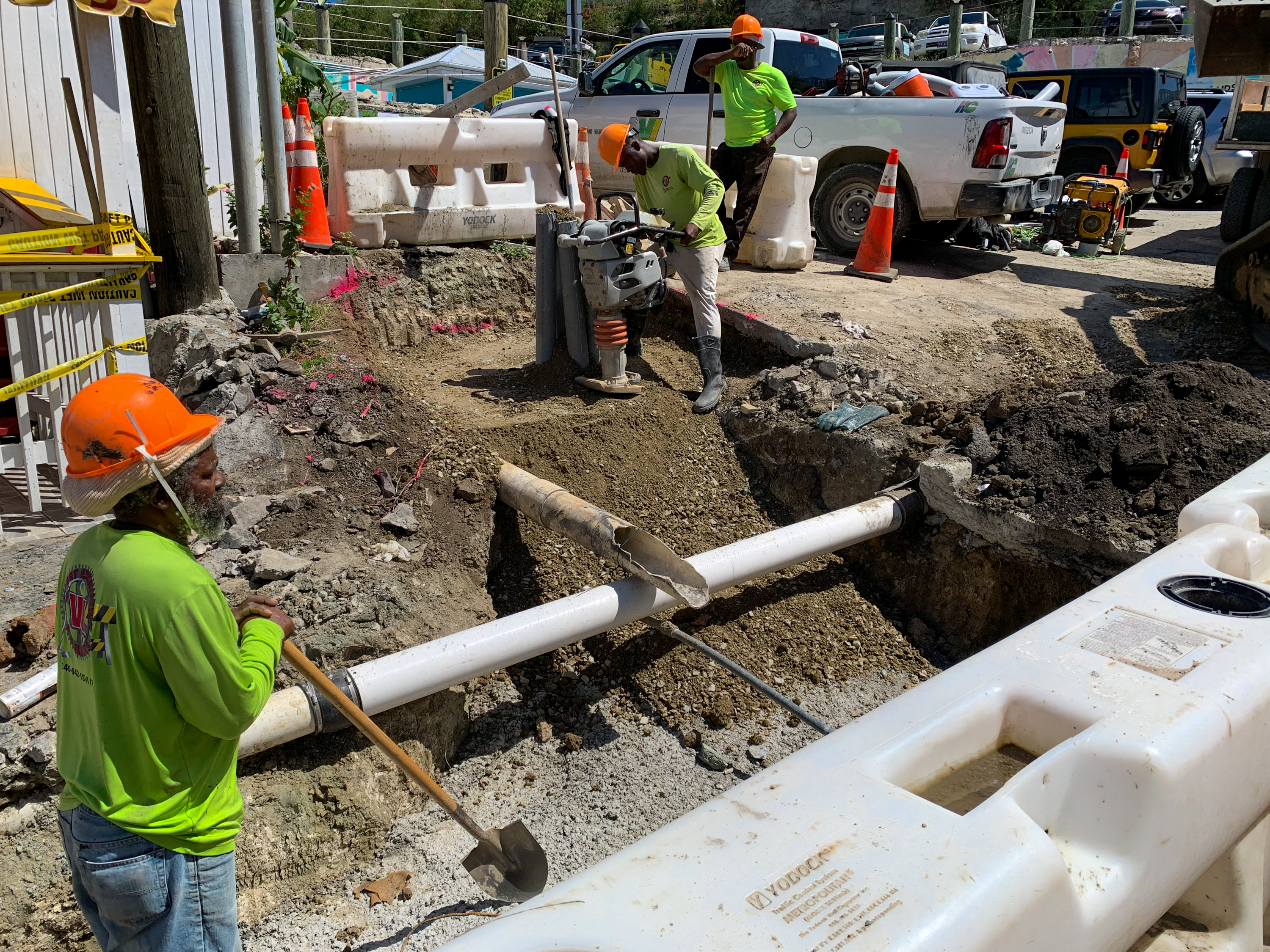When disaster strikes, lifesaving and life-sustaining operations require a dependable power source required for critical facilities to provide survivors with food, water, shelter and medical treatment.
The partnership between FEMA and the V.I. Water and Power Authority (WAPA) over the past five years has played a significant role advancing the work needed to strengthen the power grids to better withstand future storms and to increase year-round reliability. There are several projects taking place throughout the territory to support the construction efforts, such as the repair of electrical substations, burying of electrical lines and installation of wind resistant composite power poles to replace older wooden ones.
Through FEMA’s Public Assistance program, nearly $721.7 million has been approved for permanent repairs to electrical distribution systems and substations on St. Thomas, St. John, St. Croix and Water Island. This funding includes $506 million in hazard mitigation measures to strengthen both grids’ resilience to end the cycle of disaster damage and reconstruction.
"Projects for wind farms and microgrids are in the planning stages and it’s been shown that these systems deliver affordable, clean and efficient energy,” said FEMA USVI Recovery Director Kristen Hodge. “Additionally, President Biden's commitment to climate resilience through federal funding represents an investment that will ensure communities are better prepared for disasters before they strike.”
Burying of electrical lines from Cruz Bay to the Myrah Keating Smith Community Health Center on St. John has been completed. Four electrical underground projects for Golden Grove, Midland, the Wilfred "Bomba" Allick Port and Transshipment Center in Frederiksted are underway on St. Croix.
FEMA and the territory will continue to their partnership to energize a legacy for renewable energy sources. In the western area of St. Croix, engineering and design work on a microgrid project will begin as WAPA has received a grant of $4.5 million through FEMA’s Hazard Mitigation Grant Program (HMGP). The estimated project cost is $129.7 million.
WAPA was also the sub-recipient of $4.3 million for engineering and design work on the Bovoni wind farm and microgrid project on St. Thomas. The estimated project cost is $59.3 million.
FEMA and the territory will continue to work together to strengthen the power grid, build back better to increase the resiliency of critical services and improve the quality of life for all Virgin Islanders.

Composite power poles line the landscape in June on Midland Road on St. Croix. The V.I. Water and Power Authority plans to install 8,584 composite poles across the territory that are made to better withstand hurricane-force winds. FEMA has approved nearly $721.7 million for permanent repairs to electrical distribution systems and substations on St. Thomas, St. John, St. Croix and Water Island. FEMA/K.C. Wilsey

Workers compact the ground in February for the installation of an electrical transformer pad in Cruz Bay on St. John. The V.I. Water and Power Authority plans to make St. John’s power grid more resilient with the burying of electrical lines in Cruz Bay. FEMA/Eric Adams

